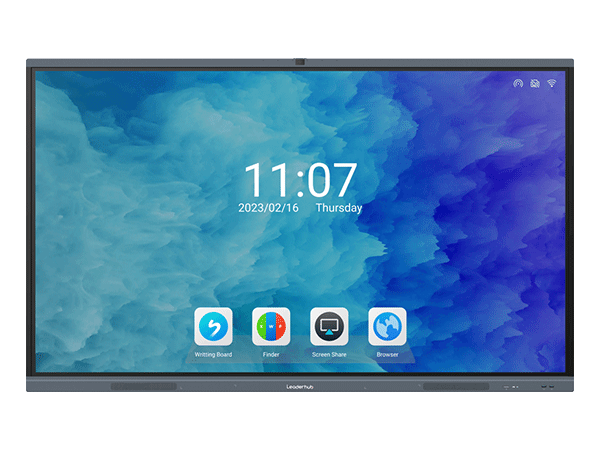Overview of Interactive Functions

Interactive functions play a crucial role in enhancing user experience in computers and tablets. These functions allow users to engage actively with the device and enable the device to respond accordingly, creating an interactive and dynamic user interface. In this article, we will explore the principles and technical aspects behind the realization of interactive functions in computers and tablets.
1. Input Devices
Input devices are fundamental for enabling interaction with computers and tablets. They allow users to input commands, data, and other instructions. Common input devices include keyboards, mice, touchscreens, and stylus pens. These devices transmit user input to the computer or tablet, which processes the information and generates a corresponding response.
2. User Interface
The user interface (UI) is the medium through which users interact with the computer or tablet. It encompasses both hardware and software components. On the hardware side, screens, touch panels, buttons, and sensors enable tactile and visual interaction. Software components include graphical user interfaces (GUI), which provide interactive menus, icons, and windows for users to navigate and manipulate.
3. Operating Systems and Software
Operating systems (OS) and software are instrumental in realizing interactive functions. The OS manages hardware resources, including input devices, and facilitates communication between software applications and the underlying hardware. Software applications are designed to respond to user input and provide a wide range of interactive functions, such as web browsing, multimedia playback, and digital painting.
In summary, the principles and technical introduction of interactive functions in computers and tablets rely on input devices, user interfaces, operating systems, and software applications. Together, these components enable the devices to interpret user input, process information, and generate appropriate responses. By understanding these principles, developers can create more engaging and intuitive interactive experiences for users.

